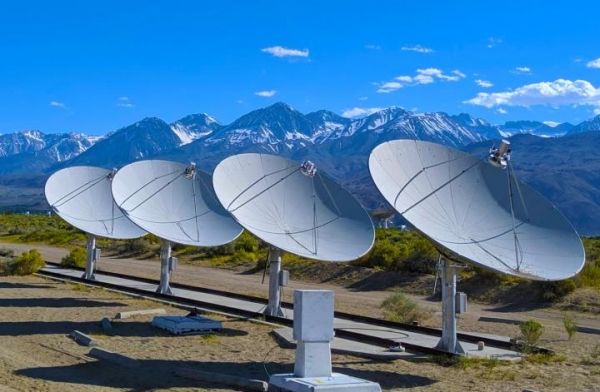Fast radio bursts (FRBs) are among the most enigmatic and powerful events in the cosmos. Around 80 of these events—intensely bright millisecond-long bursts of radio waves coming from beyond our galaxy—have been witnessed so far, but their causes remain unknown.
In a rare feat, researchers at Caltech's Owens Valley Radio Observatory (OVRO) have now caught a new burst, called FRB 190523, and, together with the W. M. Keck Observatory in Hawaii, have pinpointed its origins to a galaxy 7.9 billion light-years away. Identifying the galaxies from which these radio bursts erupt is a critical step toward solving the mystery of what triggers them.
A paper about the discovery appears online July 2 in Nature.
Before this new discovery, only one other burst, called FRB 121102, had been localized to a host galaxy. FRB 121102 was reported in 2014 and then later, in 2017, was pinpointed to a galaxy lying 3 billion light-years away. Recently, a second localized FRB was announced on June 27, 2019. Called FRB 180924, this burst was discovered by a team using the Australian Square Kilometer Array Pathfinder and traced to a galaxy about 4 billion light-years away.
Read more at: California Institute of Technology
TOwens Valley Radio Observatory. (Photo Credit: Caltech/OVRO/Gregg Hallinan)


